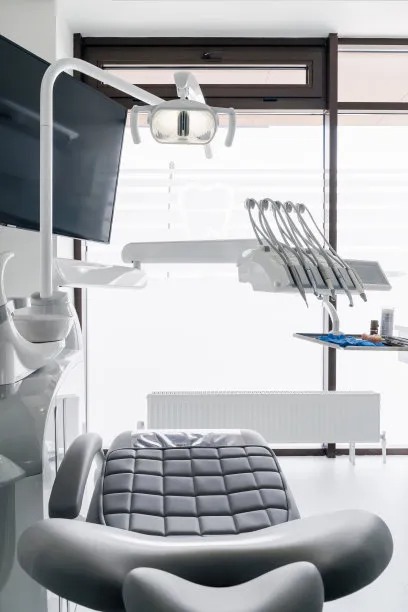Essential Guidelines and Considerations to Ensure a Safe and Effective Root Canal Treatment Process
Summary: This article delves into essential guidelines and considerations necessary for ensuring a safe and effective root canal treatment process. We cover four crucial aspects: proper diagnosis and treatment planning, patient comfort and communication, sterile techniques and equipment, and postoperative care and follow-up. Each of these aspects plays a vital role in the overall success of the procedure, helping to alleviate pain, prevent complications, and ensure the restoration of dental health. By adhering to these guidelines, dental professionals can improve patient outcomes and maintain high standards of care throughout the treatment process.
1. Proper Diagnosis and Treatment Planning

Proper diagnosis is the cornerstone of effective root canal treatment. A comprehensive examination, including radiographic imaging, helps determine the health of the tooth and surrounding tissues. This step ensures that dental professionals can accurately assess the extent of decay or infection present, which is vital for selecting the appropriate treatment approach.
Additionally, a well-thought-out treatment plan is essential. A customized plan considers the specific circumstances of each patient, such as their dental history, the complexity of the case, and any underlying health conditions. By tailoring the treatment to meet individual needs, practitioners can enhance the likelihood of a successful outcome.
Moreover, effective communication regarding the treatment plan is essential for patient understanding and cooperation. Patients who are well-informed about what to expect are more likely to adhere to their treatment regimen, attend follow-up appointments, and report any unusual symptoms promptly, thus facilitating better care.
2. Patient Comfort and Communication
Ensuring patient comfort during root canal treatment is a fundamental aspect that should not be overlooked. Techniques such as local anesthesia, sedation options, and various comfort measures can help alleviate anxiety and pain, fostering a more positive treatment experience. When a patient feels comfortable, they are likely to remain more cooperative throughout the procedure.
Clear communication also plays a critical role in this aspect. Dentists should take the time to explain the procedure, potential risks, and aftercare instructions, ensuring that patients have a firm understanding of what they will experience. This transparency can significantly reduce anxiety and foster trust between the dental professional and the patient.
Additionally, establishing an empathetic relationship can enhance patient comfort. Practitioners should take the time to listen to their patients concerns and fears, addressing them with compassion and understanding. This approach not only improves patient satisfaction but also increases the likelihood of successful treatment outcomes.
3. Sterile Techniques and Equipment
Maintaining a sterile environment is pivotal in ensuring the safety and effectiveness of root canal treatments. Dental professionals must follow strict infection control protocols, including the use of sterilized instruments, gloves, and masks. This diligence helps prevent infections and other complications that can arise from contaminated equipment.
Moreover, proper handling and maintenance of equipment also play a crucial role. Dental instruments should be meticulously cleaned and sterilized before each use, and any disposable materials should be appropriately discarded. Ensuring that all equipment is in good working order is vital for minimizing procedural complications.
Furthermore, the use of advanced technology can significantly enhance the sterilization process. For example, some clinics employ autoclaves specifically designed for dental instruments, which significantly reduce the risk of infection. Staying up-to-date with the latest advancements in sterilization techniques is crucial for any dental professional aiming to provide high-quality care.
4. Postoperative Care and Follow-up
Postoperative care is just as important as the root canal treatment itself. Proper aftercare instructions should be communicated clearly to patients, covering aspects such as medication usage, dietary restrictions, and signs of potential complications. These guidelines can aid in a smooth recovery process and alleviate discomfort during the healing phase.
Regular follow-up appointments are also critical for monitoring the healing process. These visits allow dental professionals to check for any signs of infection, assess the effectiveness of the treatment, and address any concerns the patient may have. Establishing a follow-up schedule can foster ongoing communication between the patient and the dentist, enhancing the overall care experience.
Moreover, educating the patient about oral hygiene practices post-treatment is essential for long-term success. Patients who follow good oral hygiene practices are less likely to experience complications, thereby increasing the longevity of the treated tooth and maintaining overall dental health.
Summary:
In conclusion, ensuring a safe and effective root canal treatment process involves a comprehensive approach that spans various facets of care, including proper diagnosis, patient comfort, sterile techniques, and diligent follow-up. By adhering to these essential guidelines, dental professionals can proficiently safeguard against complications and promote optimal healing.
This article is compiled by Vickong Dental and the content is for reference only.


